Honeywell produces the QAT (160C and 185C versions) and the Mini Q (150C, 185C and 200C) high-temperature Energy Accelerometers for down hole measurement-while-drilling and wireline applications. High temperature accelerometers are designed to survive in extreme heat or cold environments and require precise acceleration information like drilling. These accelerometers and pressure sensors provide critical data that prevents failures and reduces downtime.
Honeywell’s Q-Flex design is ruggedized for high temperature and specifically customized for the demands of oil and gas applications. QAT and Mini Q products feature a patented Q-Flex etched-quartz-flexure seismic system and its amorphous quartz proof-mass structure provides excellent bias, scale factor and axis alignment stability.
The integral Q-Flex electronics develop an acceleration-proportional output current providing both static and dynamic acceleration measurements. By use of a customer-supplied output load resistor, appropriately scaled for the acceleration range of the application, the output current can be converted into a voltage.
Key Honeywell Advantages
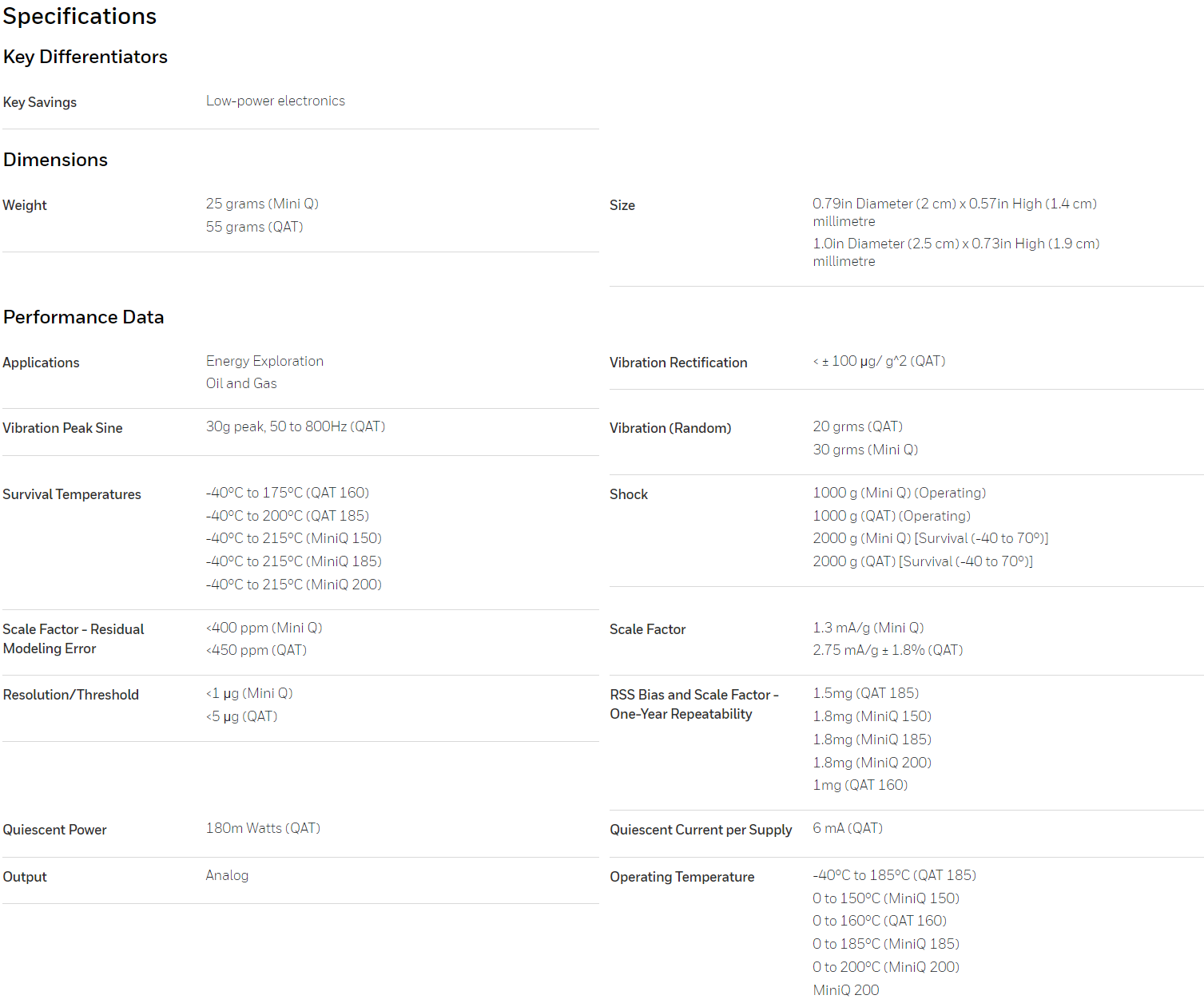

Yes, we retrofit legacy systems (e.g., GE Frame 5, Siemens V94.2) with modern digital controllers, typically completing hardware integration within 4-8 weeks. Software migration requires additional validation time.
We recommend annual performance testing under ISO 3977-2 standards. Critical applications (e.g., offshore platforms) may require semi-annual tests with emissions compliance checks.
All rad-hard devices (e.g., FPGA, ADC) are QML Class V certified under MIL-PRF-38535 and tested to MIL-STD-883 Method 1019 for SEU tolerance. Full qualification reports are available upon request.
Our ASICs and power management ICs operate across -55°C to +175°C ambient temperatures, with derating curves provided in military temperature range (MTR) datasheets.
Our PMA parts (e.g., actuators, sensors) hold FAA/EASA Form 1 certification and match OEM form/fit/function. Installation requires SB/MB documentation per FAA AC 23.1529.
All NAS/MS fasteners include full DNA traceability: melt source (AMS 2301), heat/lot numbers, and AS9100-compliant MTRs with ultrasonic test reports.
AOG orders ship within 4 hours for stocked items (FAA-PMA, EASA Part 21G). Non-stock critical parts trigger priority manufacturing with 72-hour max turnaround.
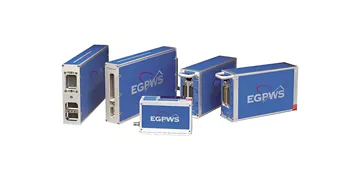
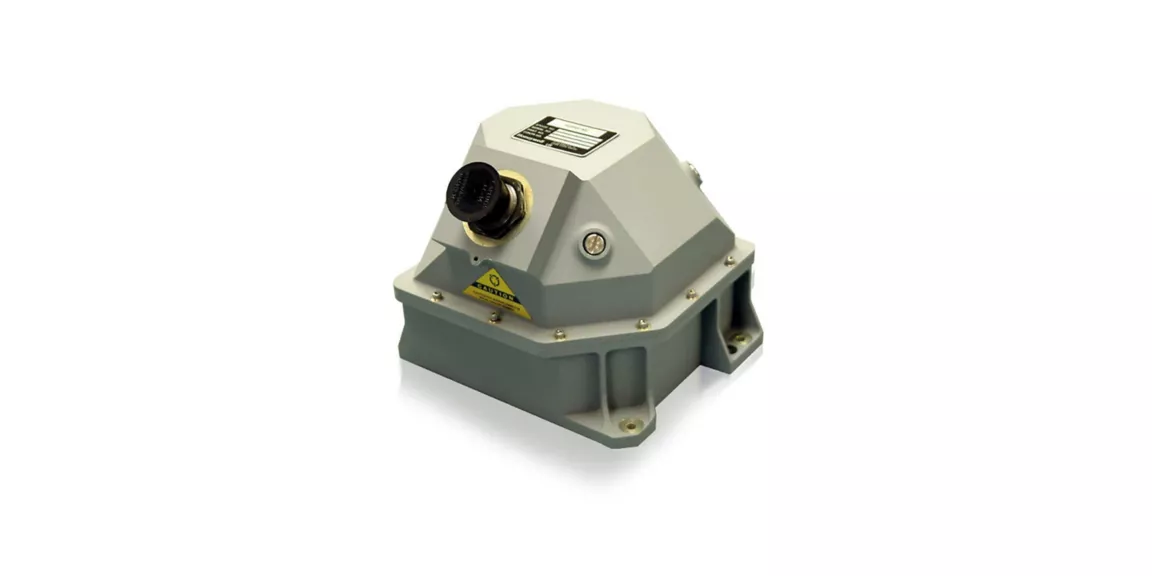
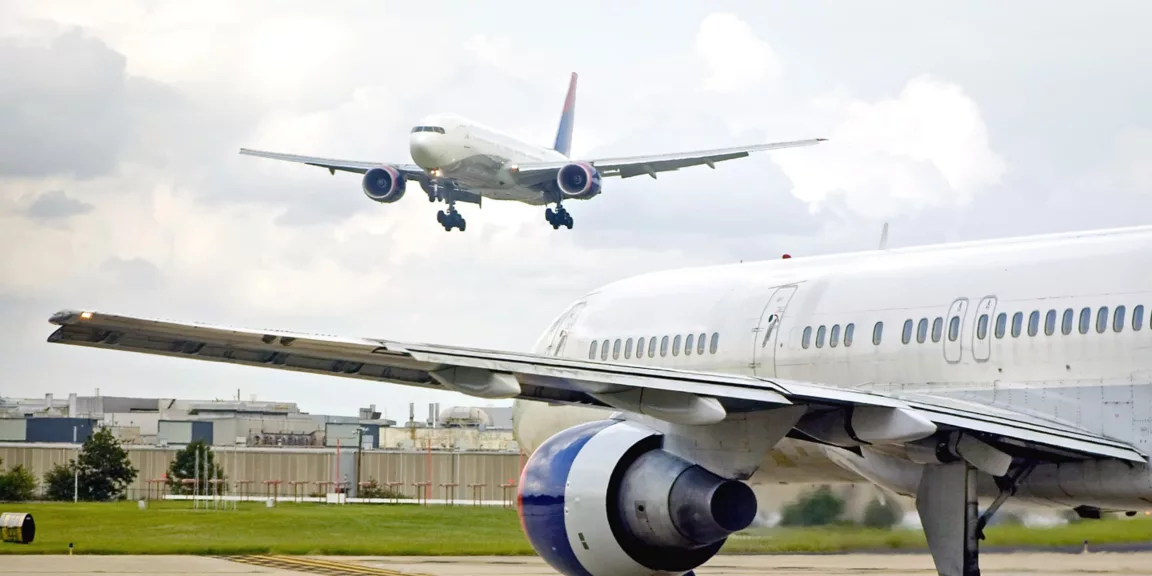
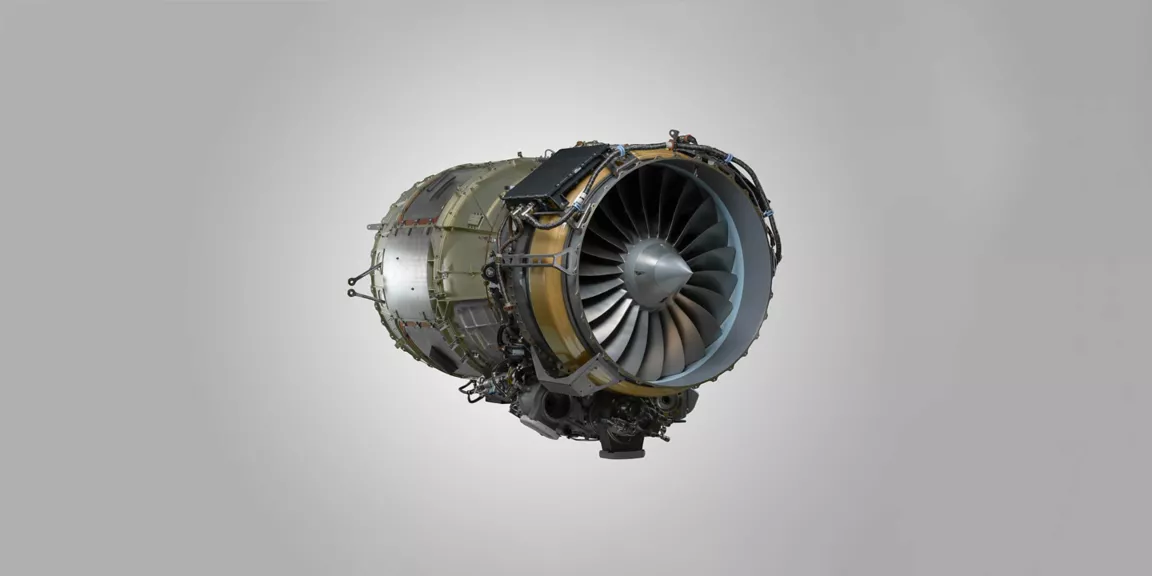
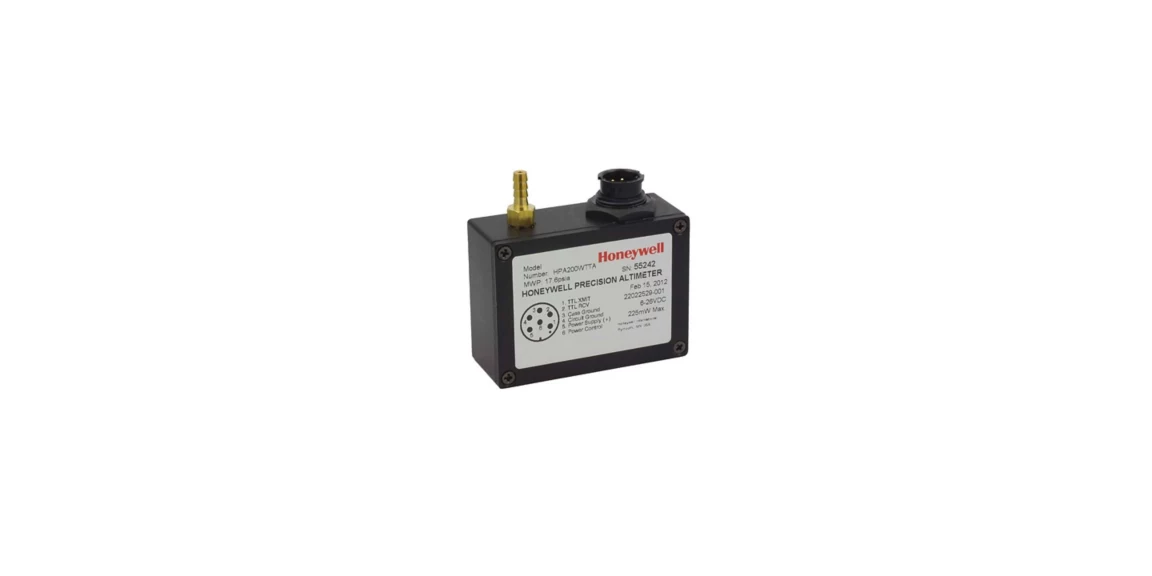
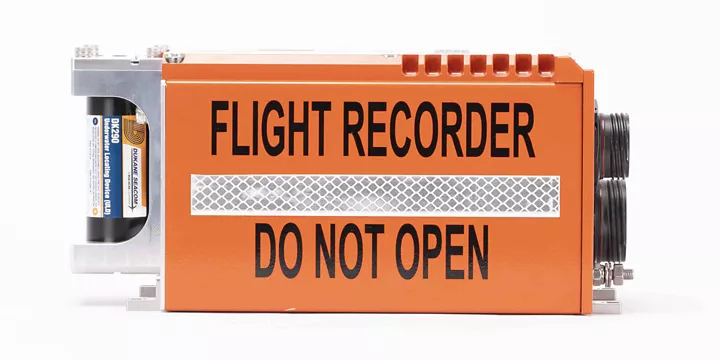
 Gas Turbine
Gas Turbine
 Aircraft parts
Aircraft parts